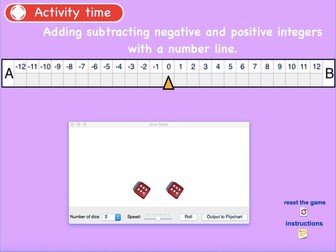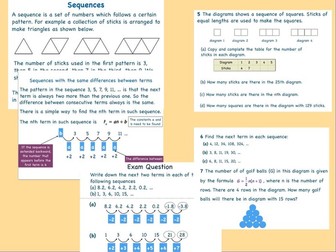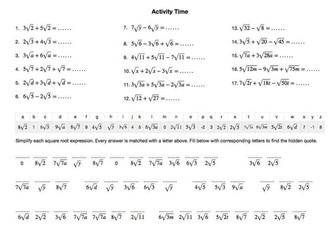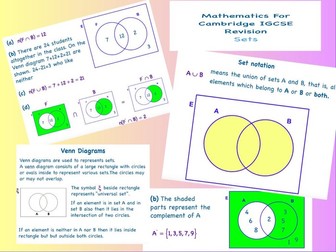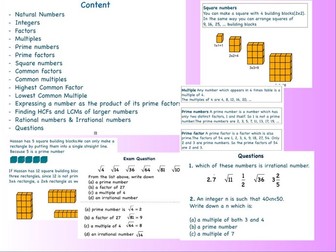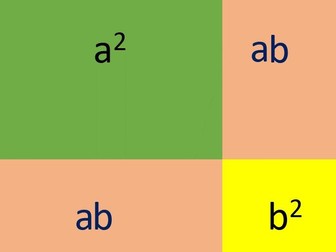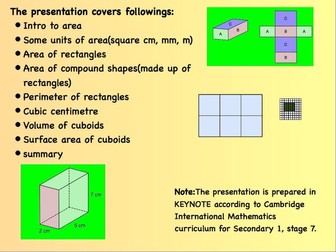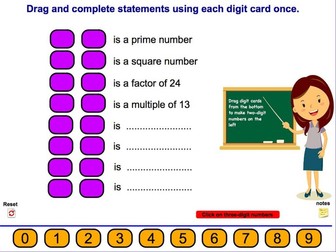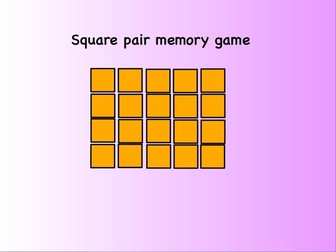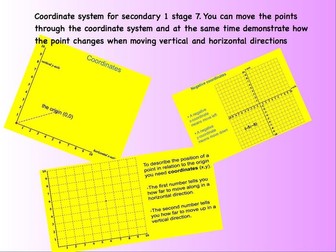
working with negative numbers on number line
Adding subtracting negative and positive integers with a number line.
The game is for two players, A and B.
The rules
1. The counter(red small triangle) is put on the space below 0.
2. The players take turn two throw two dice.
(If dice roller is not visible on your activinspire go to:
Tools/More Tools/Edit User Defined Buttons/Commands/All commands
scroll down and add dice roller from left to right. Now it is visible on your toolbox.)
3. The total score for a throw is
left number-right number on the dice. If the total score is positive, move the counter right. If the total score is negative, move the counter left.
4. The game is over when the counter lands on or beyond the 12 or -12 space. If the counter lands on 12,player A wins. If it lands on -12 player B wins.
